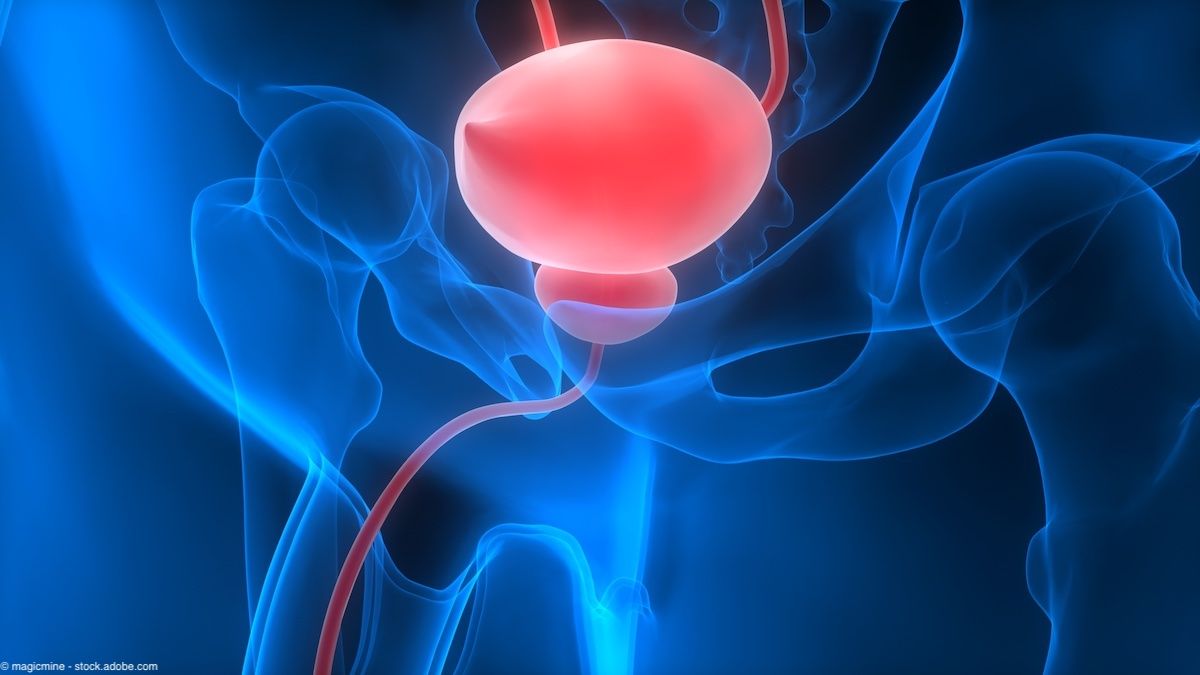Article
Pediatric stone disease on the rise, but reasons unclear
New data showing an increasing incidence of pediatric stone disease is stimulating more research to further describe and understand this troubling phenomenon.

Key Points
Boston-New data showing an increasing incidence of pediatric stone disease is stimulating more research to further describe and understand this troubling phenomenon, as indicated by three separate studies presented at the 2011 American Academy of Pediatrics Section on Urology annual meeting in Boston.
To investigate trends in incidence, urologists from Children's Medical Center, Dallas, conducted an institution-wide (inpatient and outpatient) search of the administrative billing database for the years 1999-2008 to identify patients age ≤18 years with an ICD-9 code suggesting upper tract urolithiasis (UUL) and patients with any disease ICD-9 code. A manual electronic medical record review was performed to validate the diagnosis of UUL, and the incidence of UUL for each study year was calculated by dividing the number of first encounters of validated UUL by the number of first encounters for patients in the second cohort.
Although 843 patients were coded as having a UUL, only 597 unique UUL cases were confirmed. Between 2000 and 2007, the annual incidence of stone disease increased from 0.87 to 2.09 per 1,000 unique visits. Logistic regression analysis showed the odds of observing new kidney stone incidence increased significantly each year at a rate of 1.12-fold that exceeded the rate of hospital growth.
"Although our study also has limitations, we believe it provides definitive evidence of rising rates of pediatric urolithiasis at our hospital," added Dr. Srikishen, who is now a urology resident at Baylor College of Medicine, Houston.
Newsletter
Stay current with the latest urology news and practice-changing insights — sign up now for the essential updates every urologist needs.










